|
A Very Wet Hike Overnight, our ship had begun to retrace its path along the southern coast back to Longyearbyen, and in fine weather, we were able to make a landing after breakfast at Ardalsnuten. This morning's hike made it clear why every staff member I talked to pre voyage stated the most essential piece of expedition gear in two words: rubber boots. Knee high rubber boots are so important because when we go ashore, we travel by Zodiac boats; when we jump out of the boats, it's often into about six inches of frigid Arctic water! Today's hiking conditions were also particularly soggy, and on our long hike, Ellen and I were both thankful we had our rubber boots and waterproof pants. Temperatures had warmed, and there was lots of sunshine and plenty of meltwater. On our wet walk we encountered many bones of the great whales: ribs, vertebrae, and a moss-covered skull. The bones were settled on what was once a beach terrace but is now far from the current shoreline. The earth is slowly rebounding from when it was covered by ice. Svalbard's land, remember, was shaped by glacial activity. This area used to be an important area for early hunters, and we saw a weathered trapper's cabin that had a decrepit beauty. We saw lots of piles of reindeer scat but only a few actual reindeer. I had hoped we would be approached by reindeer, for I have not yet had a close encounter. A Polar Plunge!
Climate Change in the Arctic Lindblad Expeditions provides guests high quality, engaging interpretation through its naturalist staff during voyages. Additionally, they invite a Global Perspectives Guest Speaker familiar with the region to explore with guests and provide informal and formal commentary. On our expedition, we were fortunate to have polar ecologist Dr. Andrew Clarke with us to share insight into climate change and its impacts in the polar regions. This afternoon, as we cruised across Storfjorden, headed for the southernmost tip of Spitsbergen, Dr. Clarke gave a compelling lecture in the lounge. He made sure to distinguish between climate and weather at the start of his talk. Weather refers to short term conditions while climate reflects the long term average conditions for a region. Simply put: climate is what you expect, weather is what you get. Dr. Clarke outlined how our modern climate is not what we would expect. That is, our global climate is experiencing a pronounced warming trend beyond the range of natural variability. Sea levels have risen in the last century. And the scientific consensus is that the major cause is an increase in atmospheric CO2, predominantly due to the burning of fossil fuels. Climate change is real; let's not debate it's existence, let's work on solutions. The effects of climate change in the Arctic are quite dramatic. Data presented indicated that the Arctic is warming rapidly, ice is forming later and melting faster, and the melting surface layer of the permafrost is getting deeper. I thought of the underweight polar bear we had seen. The glacier calving we witnessed. The tidewater glaciers with newly exposed land beneath them, evidence of retreating. This Arctic ecosystem is threatened, and I have a newfound sense of urgency to protect it. I have observed evidence of climate change in Hawaii and now more evidence on the other side of the world. Global change is truly an issue that connects us all. But combating it can, too! Fin Whales Later in the afternoon, the weather turned cold and the wind picked up a bit. Just before our evening recap, two fin whales were spotted and the captain positioned the ship closer to them. The two whales were feeding and surfaced periodically to breathe. There's something so powerful about being in the presence of great whales. So much of the animal is unseen under the surface but you can sense it's immensity. It was difficult to get a great photograph, but the experience is unforgettable and, like many times on this voyage, I just tried to be fully present and enjoy the moment. I was one level up from the bow and it was fun to watch everyone move from port to starboard and back again, shutters clicking, as the whales silently repositioned themselves underwater. Yes, the wind has picked up and we are getting a lot of ocean motion tonight. After another fabulous dinner, everyone gathered in the lounge for a preview of our Video Expedition Report (VER). On each Lindblad Expeditions voyage, an expert videographer shoots the amazing moments along the way and by the end of the expedition, presents a complete, edited short documentary VER. Talented artist and adventurer Brian Christensen joined us on our Svalbard expedition and created our VER. As I expected, he beautifully captured the stunning scenery, documented diverse wildlife, and conducted interviews with guests and naturalists. Goodbye to another awesome day in Svalbard! All photographs by Cristina Veresan unless otherwise indicated.
Read the Lindblad Naturalist Daily Expedition Report (DER) here.
Isabelle G
8/4/2014 09:46:26 am
Wow! you are very brave to take plunge for us Ms.V. And how cool it is to see whale bones. Let us see your pictures at school because they must be good!
Joe
8/4/2014 10:00:00 am
That's really cool, now I know a little more about fin whales and it's really exciting the you got to see some
Jack
8/5/2014 11:35:50 am
That is just AWESOME!!! You look very excited when you did the polar plunge.The bone of the whale was really creepy.
Rion K.
8/6/2014 02:30:13 pm
Wow Ms. Veresan, the water must be really cold. The bones looked really cool! it looks a little creepy though.
Kainalu
8/7/2014 02:14:22 pm
Cool Ms.V keep having fun! Comments are closed.
|
AuthorThis blog contains occasional dispatches from my science classroom and professional learning experiences. Thank you for reading! Archives
December 2021
|
|
Cristina Veresan
Science Educator |
Proudly powered by Weebly
|
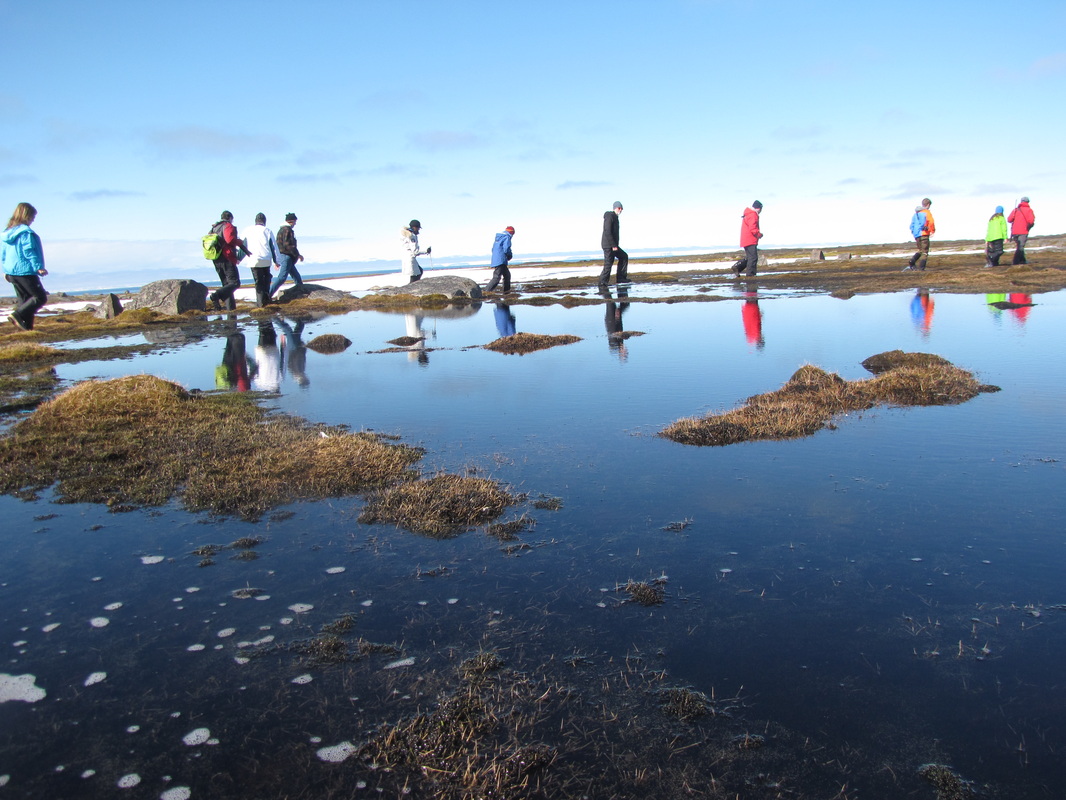



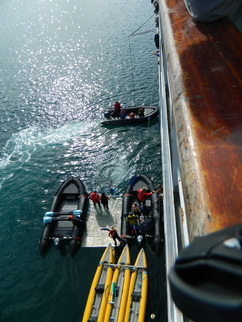
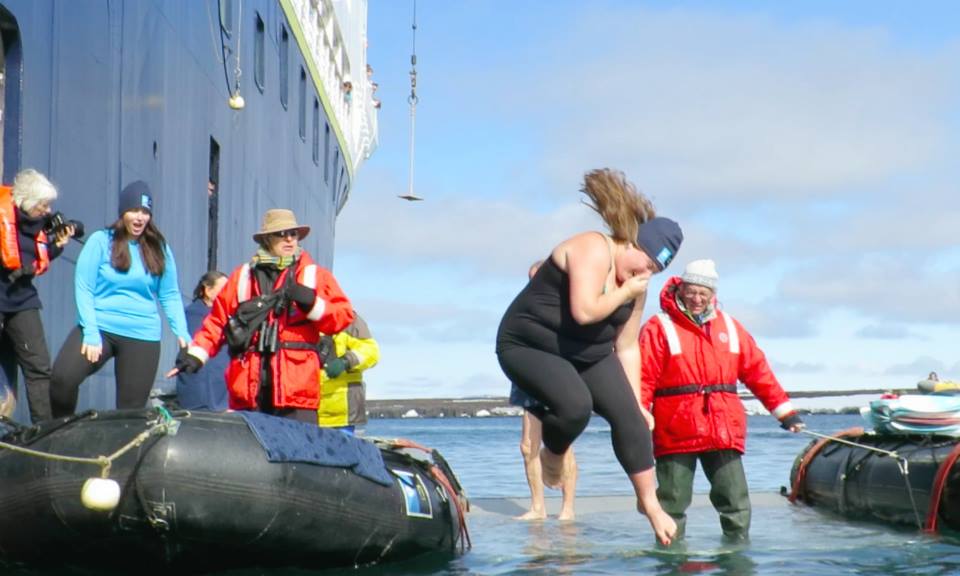


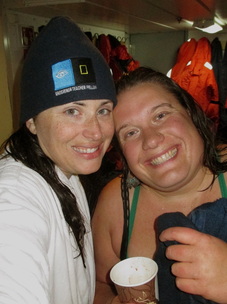
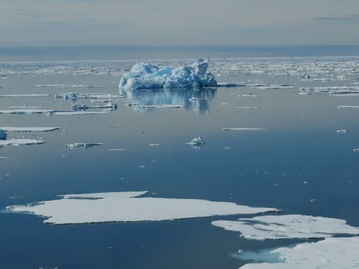
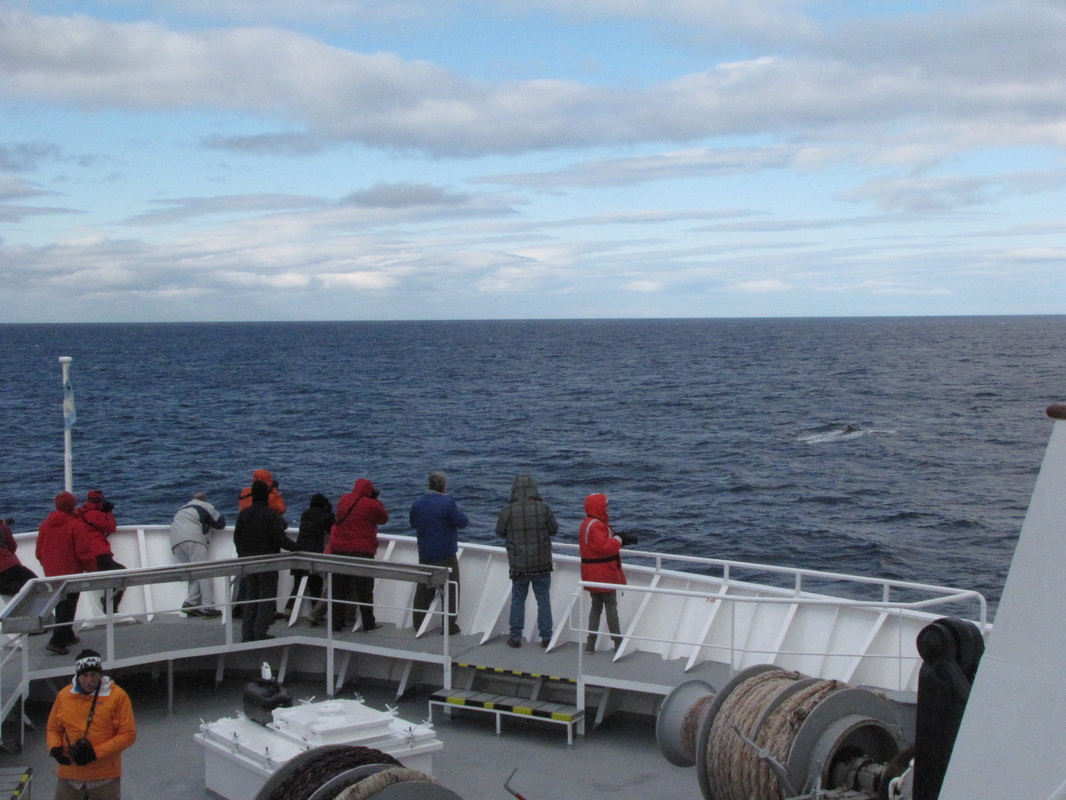

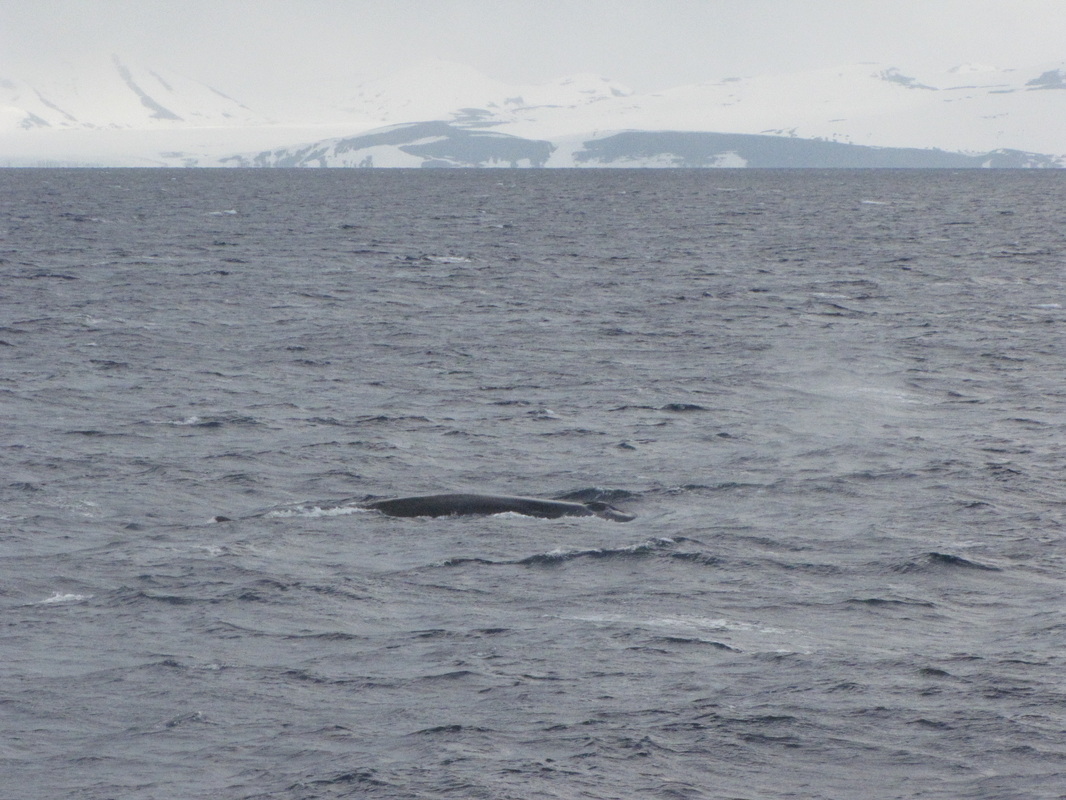
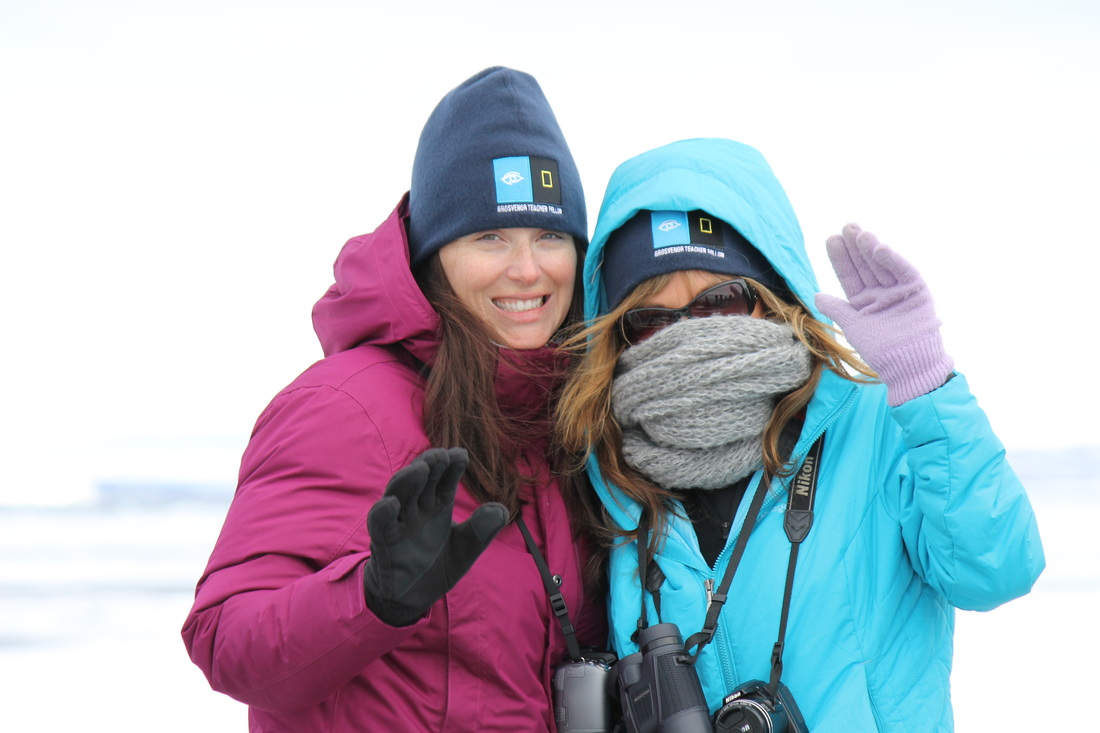

 RSS Feed
RSS Feed